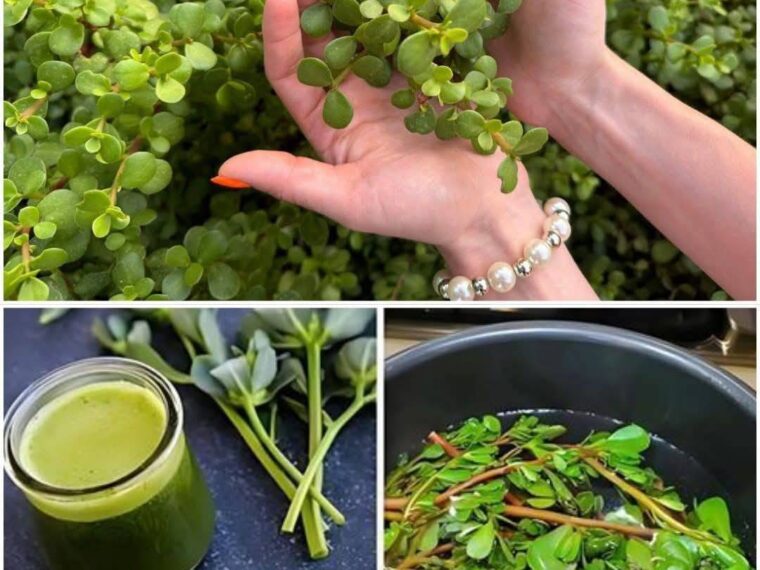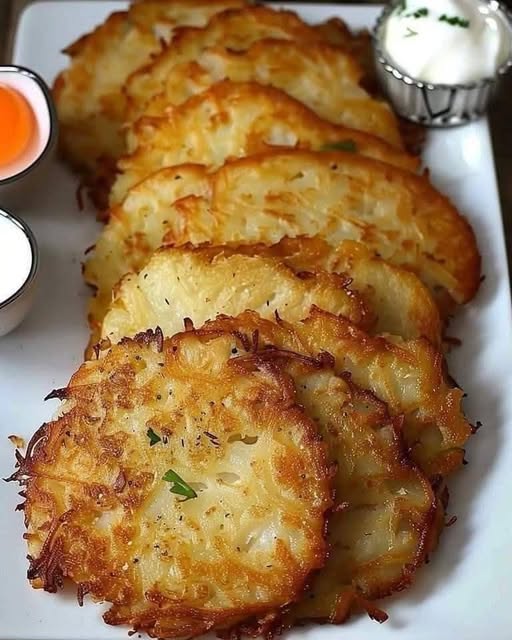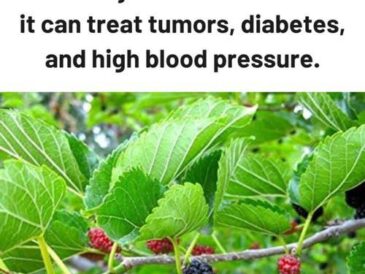Few plants naturally contain melatonin, the hormone responsible for regulating sleep and wake cycles. Purslane is one of the rare exceptions.
Regular consumption of purslane — even in small amounts — can help your body maintain balanced circadian rhythms. If you struggle with insomnia or irregular sleep patterns, adding purslane to your evening meals could support deeper, more restorative sleep naturally.
💚 7. It Can Support Heart Health and Lower Cholesterol
Thanks to its betalains, powerful red-yellow pigments with antioxidant properties, purslane helps prevent cholesterol oxidation — a major cause of arterial damage and heart disease.
Studies show that the compounds in purslane can improve blood vessel function, reduce inflammation, and lower “bad” LDL cholesterol levels. Combined with its Omega-3 content, this makes purslane an exceptional heart-healthy food.
🧘♀️ 8. It Lifts Your Mood Naturally
Another remarkable compound in purslane is tryptophan, an essential amino acid that helps your body produce serotonin — the “feel-good” neurotransmitter.
Serotonin plays a key role in emotional balance, reducing anxiety and depression, and improving sleep quality.
By including purslane in your meals, you’re not just nourishing your body — you’re feeding your mind.
🪴 How to Identify and Harvest Purslane
Purslane often grows wild in gardens, lawns, and even between pavement cracks. It thrives in warm, sunny conditions and can withstand drought — one reason it’s so common worldwide.
Identification Tips:
- Leaves: Thick, oval, and smooth with a slight shine.
- Stems: Reddish or pinkish and slightly succulent.
- Growth Pattern: Low to the ground, forming mats or clusters.
Be careful not to confuse purslane with spurge, a toxic look-alike that has thinner stems and milky sap when broken. Purslane’s stems are juicy and contain no sap.
Harvesting:
Use scissors or your hands to snip young leaves and tender stems. Always wash thoroughly, especially if harvesting from urban or roadside areas, to remove any dust or pesticide residues.
🍴 Ways to Enjoy Purslane
You can eat purslane raw, cooked, or even pickled. Here are a few delicious ways to use it:
- Raw: Add to salads for crunch and tang.
- Sautéed: Lightly stir-fry with garlic and olive oil.
- Soups: Add to vegetable soups for extra texture.
- Smoothies: Blend with lemon, cucumber, and apple for a refreshing detox drink.
- Pickled: Store in vinegar, salt, and herbs for a tangy condiment.
Its versatility makes it a perfect addition to both sweet and savory recipes.
🌍 A Plant with a Remarkable History
Purslane has been part of human diets for thousands of years. Ancient Egyptians used it as a medicinal herb. Greeks and Romans valued it for its cooling and anti-inflammatory properties. Even Mahatma Gandhi included purslane in his meals for its nutritional value and simplicity.
In early America, it appeared on the tables of households like Martha Washington’s, often served as a pickled delicacy. Sadly, as industrial agriculture took over, purslane faded from the American diet — dismissed as a weed.
Today, it’s making a powerful comeback — not just in gardens, but in Michelin-starred kitchens and farmers’ markets across the world.
🌿 The Bottom Line: Don’t Kill Purslane — Cultivate It!
Purslane isn’t a weed to eliminate — it’s a superfood to celebrate.
It’s nutrient-dense, sustainable, drought-resistant, and delicious. Whether you’re growing your own vegetables, foraging in the wild, or shopping at a local market, this humble plant deserves a spot on your plate.
From Omega-3s and antioxidants to vitamins, minerals, and melatonin, purslane truly offers a complete wellness package. It’s proof that sometimes, the best gifts from nature come in the most unexpected forms — even growing between the cracks in your sidewalk.
So next time you spot purslane in your garden, don’t pull it out. Harvest it, cook it, and enjoy it. Your body — and your taste buds — will thank you. 🌿✨





